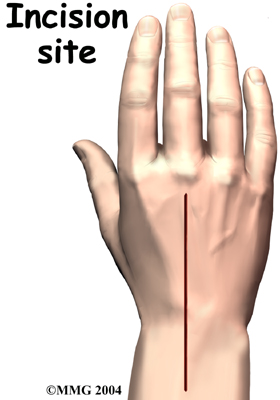 What happens during wrist fusion surgery?
What happens during wrist fusion surgery?
Surgeons fuse wrists in many different ways. In the past, most of the procedures used a bone graft from your pelvis. Surgeons now try to take a small amount of bone from the end of the radius bone instead. A bone graft involves taking bone tissue from one area and transplanting it into another area. This encourages the ends of the bone to grow together. If your surgeon grafts bone from your pelvis, you will have two incisions, one on the back of your wrist, and another on the side of your hip. Your surgeon may also try to fuse the bones without a graft.
Surgery can last up to 90 minutes. Surgery may be done using a general anesthetic, which puts you to sleep during surgery. In some cases, surgery is done using a local anesthetic, which numbs just the wrist and hand. With a local anesthetic you may be awake during the surgery, but your surgeon will make sure you don't see the operation.
Once you have anesthesia, your surgeon will make sure the skin of your wrist and hand are free of infection by cleaning the skin with a germ-killing solution. The surgeon then makes down the back of the wrist. Since most of the blood vessels and nerves are on the other side of the wrist, going through the back helps prevent nerve and vessel damage.
Next, the tendons and ligaments are moved to the side. This allows the surgeon to see all the bones and joints of the wrist. The articular cartilage is then removed from each joint that will be fused. At this point, the wrist joint consists of many small bones with space between them where the cartilage is missing. If you are getting a bone graft, the
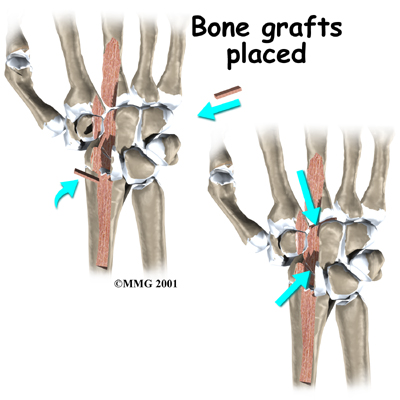
is placed between each of the spaces in the wrist bones.
The surgeon places a metal plate with screw holes on the back of the wrist. The plate goes from the radius to the metacarpal bone of the middle finger. The plate is attached to the bone with metal screws. The plate keeps the bones from moving so that they stay in proper alignment while they grow together. The plate usually stays inside your hand permanently. It is not removed unless it causes problems.

At the end of the operation, the incisions are stitched together. Your arm is placed in a large, rigid splint or cast, and you are woken up and taken to the recovery room.
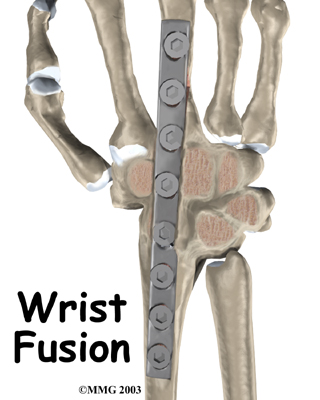

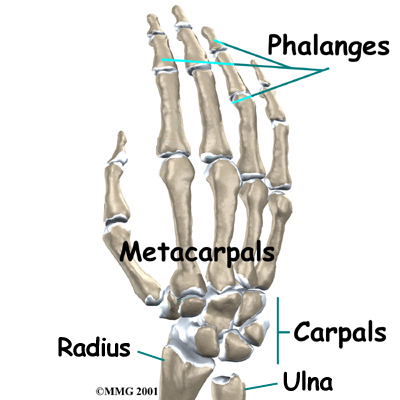
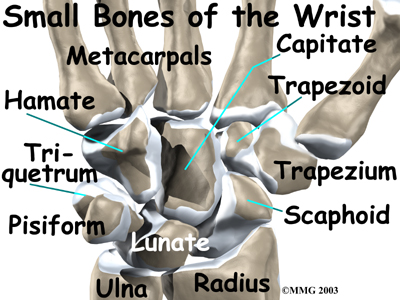 The carpal bones connect the two bones of the forearm, the radius and the ulna, to the bones of the hand. The metacarpal bones are the long bones that lie mostly within the palm. The metacarpals are in turn attached to the phalanges, the bones in the fingers and thumb.
The carpal bones connect the two bones of the forearm, the radius and the ulna, to the bones of the hand. The metacarpal bones are the long bones that lie mostly within the palm. The metacarpals are in turn attached to the phalanges, the bones in the fingers and thumb.
 What happens during wrist fusion surgery?
What happens during wrist fusion surgery?



 (403) 679-7179
(403) 679-7179  concierge@one-wellness.ca
concierge@one-wellness.ca 

